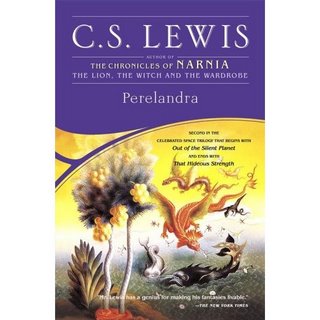Let the Conversation Begin
Further, Clinton's notion of talk is likely to turn off male voters, as my friend and colleague Vicki and I were saying yesterday. In fact, this makes me wonder how rhetorically savvy Clinton really is if she is addressing voters. Which voters will relate to this approach? Sure, FDR's fireside chats were popular on the radio of the day. Now? Reagan was "The great communicator." But these were metaphors of the kindly father telling the family what to do.
Now, Clinton is looking for a two way dialogue. Is that what Americans want? The Oprah bloc know and value conversation. Others do not. And this split reminds me of a great column I read at the time of the Clarence Thomas Supreme Court confirmation hearings in 1991 when he was accused by his former employee Anita Hill (by then on the law school faculty of the University of Oklahoma of sexual harassment. The columnist (wish I could remember) said tha half the people in America knew exactly what Hill meant - the women. The other half didn't have a clue - the men. [I'm hunting for this reference and will add when I find it. Does anyone out there in the blogosphere remember this article?] According to the Wikipedia article on Hill, public opinion at first supported Thomas but a year later supported Hill. I believe that this same kind of audience split now faces Hillary.
Vicki had seen the recent Daily Show segment on Hilary [I couldn't find a link to that episode to add here - can anyone help?], and the obvious point is that many men run from the opening "We have to talk" and prefer action to words, and if words, then at least a war of words, a debate, the agonistic use of words to attack and win, not to forge communities. This is the point Deborah Tannen makes in her great book The Argument Culture which I think I have posted on recently. This may be why the United Nations has not been entirely successful with diplomacy.
Right now I have to go teach argument, so I will come back later to add to this post -
OK - back now at 9 AM: Here's a great guest editorial printed in today's Barometer, from the USC Daily Trojan on Jan 30" "Will America be ready for a female president?" by Sarah Vita.
Standby for more updates.










